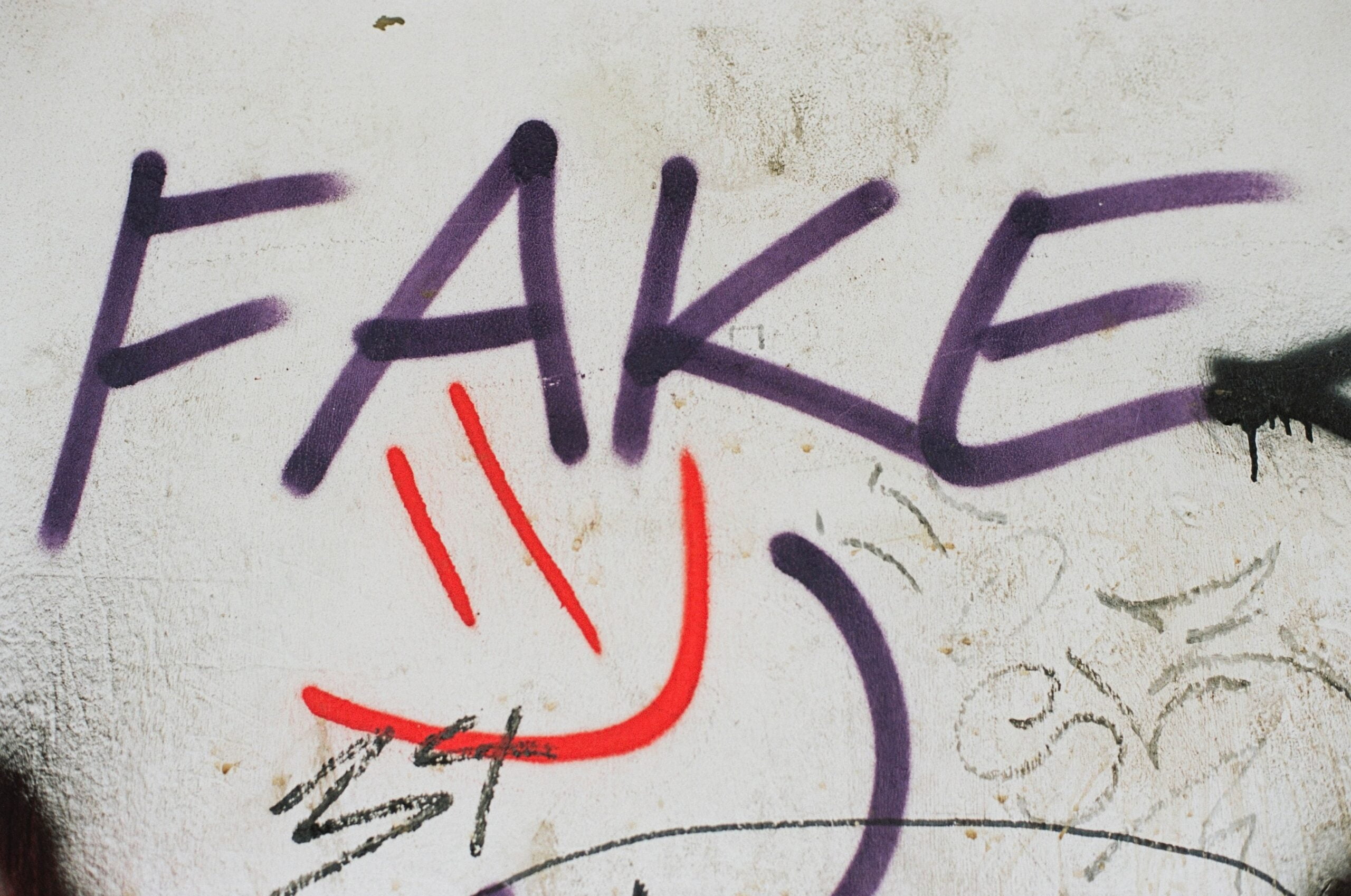Mastering Deepfakes: A Comprehensive Guide on How to Deepfake. In the age of digital media, the power to shape perceptions and create entirely new realities is increasingly within everyone’s grasp. One of the most powerful tools for this is deepfaking, the practice of using artificial intelligence to create hyper-realistic, but completely fabricated, images or videos. But how does one create a deepfake? This article provides a step-by-step guide on how to create a deepfake, along with some key considerations and ethical guidelines.
Step-by-Step: How to Create a Deepfake
Creating a fake videos requires a blend of technological understanding and artistic vision. Below is a simplified step-by-step guide on creating deepfakes.
1. Choose Your Software: There are several tools available for creating deepfakes. Some popular ones include DeepFaceLab, FaceSwap, and ZAO. Each comes with its own set of features and learning curves, so take some time to choose the one that best suits your needs.

2. Gather Your Data: To create a deepfake, you need a significant amount of visual data—photos or videos—of the face you want to fake. The more data you have, the more convincing your deepfake can be.
3. Preprocess Your Data: This involves cleaning and organizing your data to ensure optimal results. You may need to align the faces in your images, remove unnecessary background elements, and ensure consistent lighting and quality.
4. Train Your Model: Deepfaking is essentially a form of machine learning, where an algorithm learns to mimic one face with another. This involves feeding your data into the software and letting it “learn” over time. This is usually the most time-consuming step.
5. Generate and Refine Your Deepfake: Once your model is trained, you can use it to generate your deepfake. This often involves some tweaking and refining to achieve the most realistic results.
6. Post-Processing: After generating the deepfake, additional editing may be needed to ensure the video’s audio, lighting, and other elements align seamlessly with the new face.
The Ethics of Deepfaking
While this guide provides a basic overview of how to create a deepfake, it’s crucial to discuss the ethical implications of this technology. Deepfakes can be used for entertainment and creativity, but they also have the potential for misuse. Falsifying videos of individuals can lead to misinformation, privacy invasion, and harm to reputations.
As such, it’s essential to use deepfake technology responsibly. Always obtain consent from the individuals whose faces you are using, avoid creating harmful or misleading content, and be transparent about your work being a deepfake.
Conclusion: The Power and Responsibility of Deepfaking
Learning to create a deepfake opens up a world of creative possibilities. However, with great power comes great responsibility. The potential misuse of deepfake technology necessitates a careful and ethical approach. As we continue to explore the frontier of this exciting technology, let’s remember to use it wisely, ethically, and respectfully. Stay tuned to our blog for more insights and guides into the world of deepfakes.

